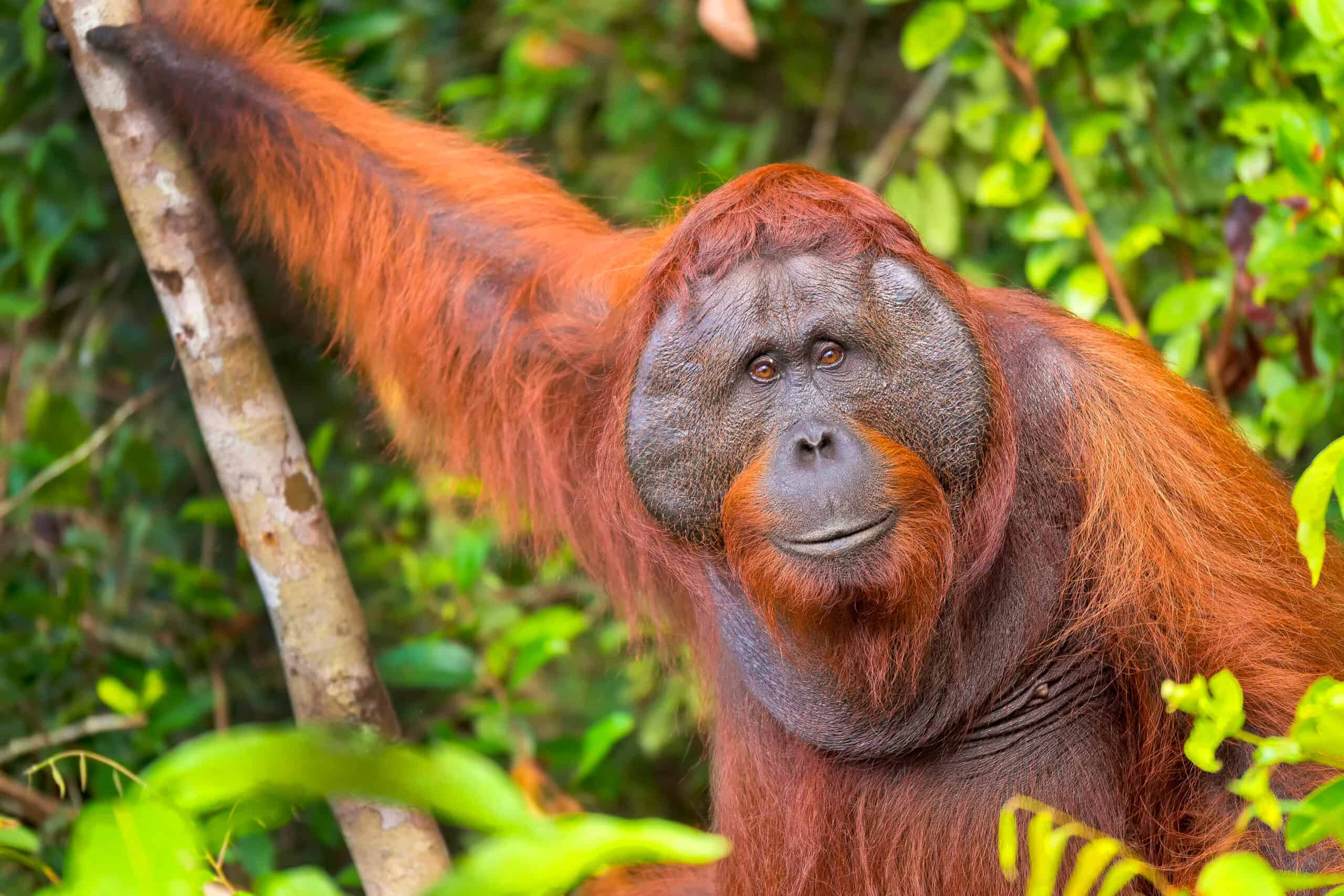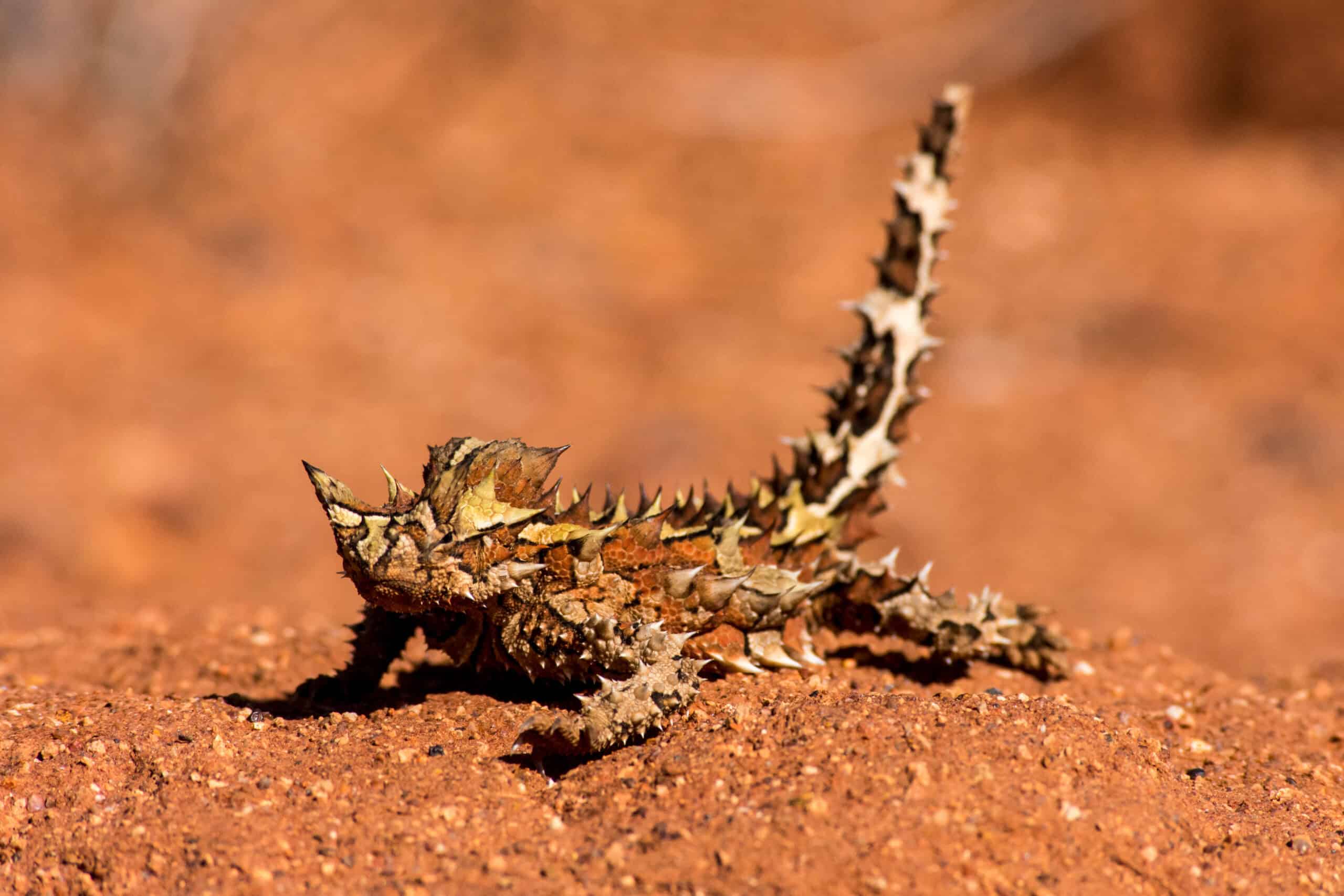Spices have been treasured throughout history for their ability to enhance flavors and impart unique aromas to dishes. Some spices, however, stand out not only for their distinctive qualities but also for their high price tags. These expensive spices often require labor-intensive harvesting methods, limited growing regions, and meticulous processing, making them highly sought after in the culinary world. In this article, we will explore 20 of the most expensive spices, delving into their origins, characteristics, and the factors that contribute to their lofty costs.
Saffron – Iran
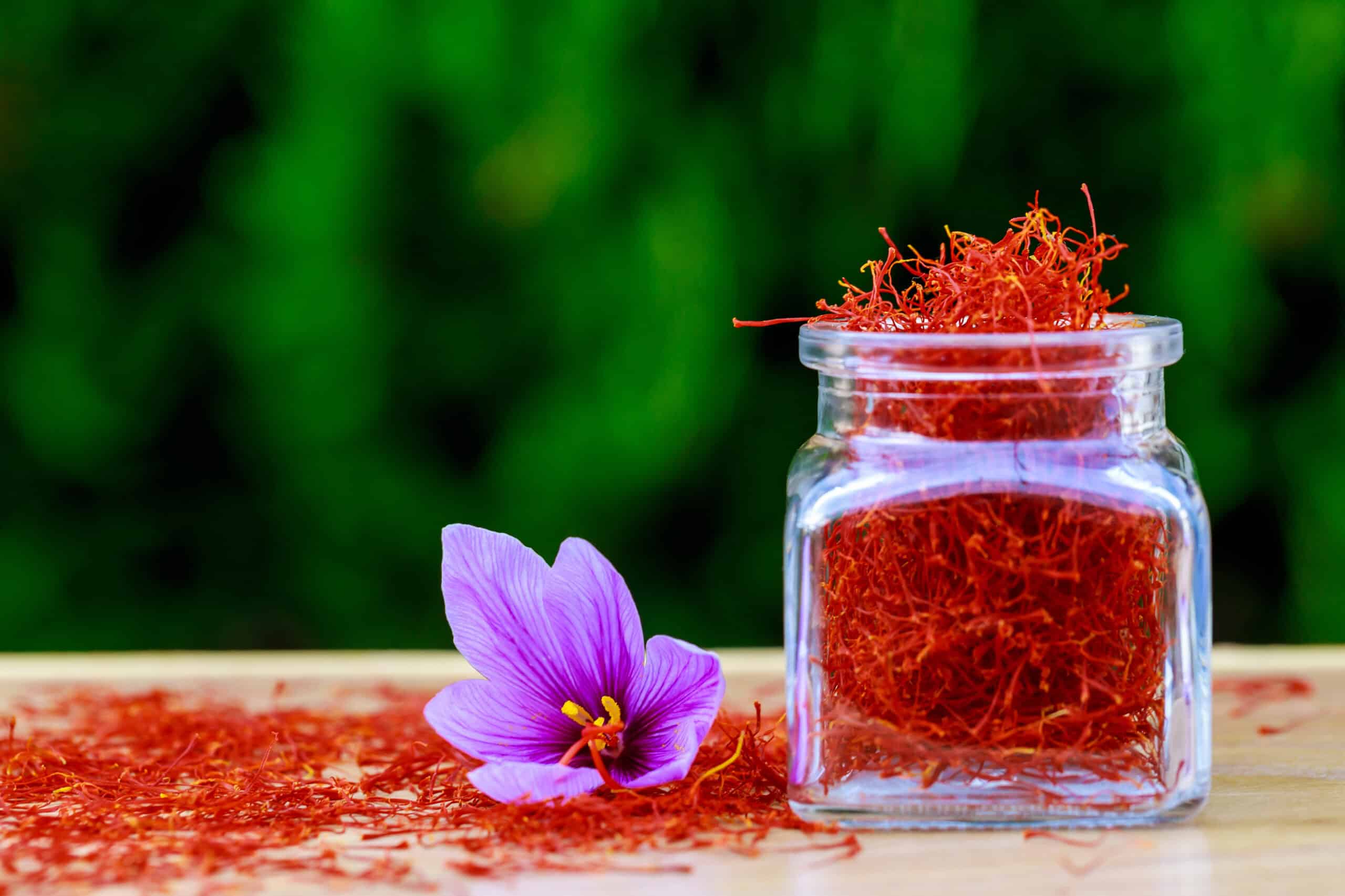
Price: $500 to $5,000 per pound. Harvested from the delicate crocus flower, saffron’s labor-intensive cultivation involves hand-picking each stigma. Predominantly grown in Iran, saffron’s distinctive red threads are prized for their unique aroma and ability to impart a vibrant golden hue to dishes. This spice’s rarity and the painstaking process of its harvest contribute to its high cost.
Vanilla – Madagascar
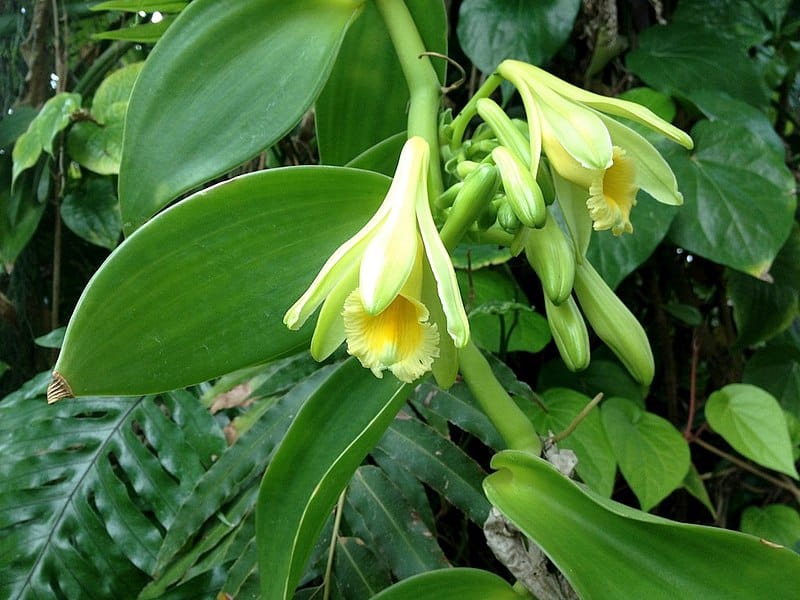
Price: $300 to $600 per pound. Madagascar, renowned for producing the finest vanilla beans, cultivates this spice from the orchid Vanilla planifolia. The beans undergo a lengthy curing process to develop their rich flavor and aroma. Vanilla’s extensive pollination and drying processes make it one of the most expensive spices worldwide.
Cardamom – Guatemala
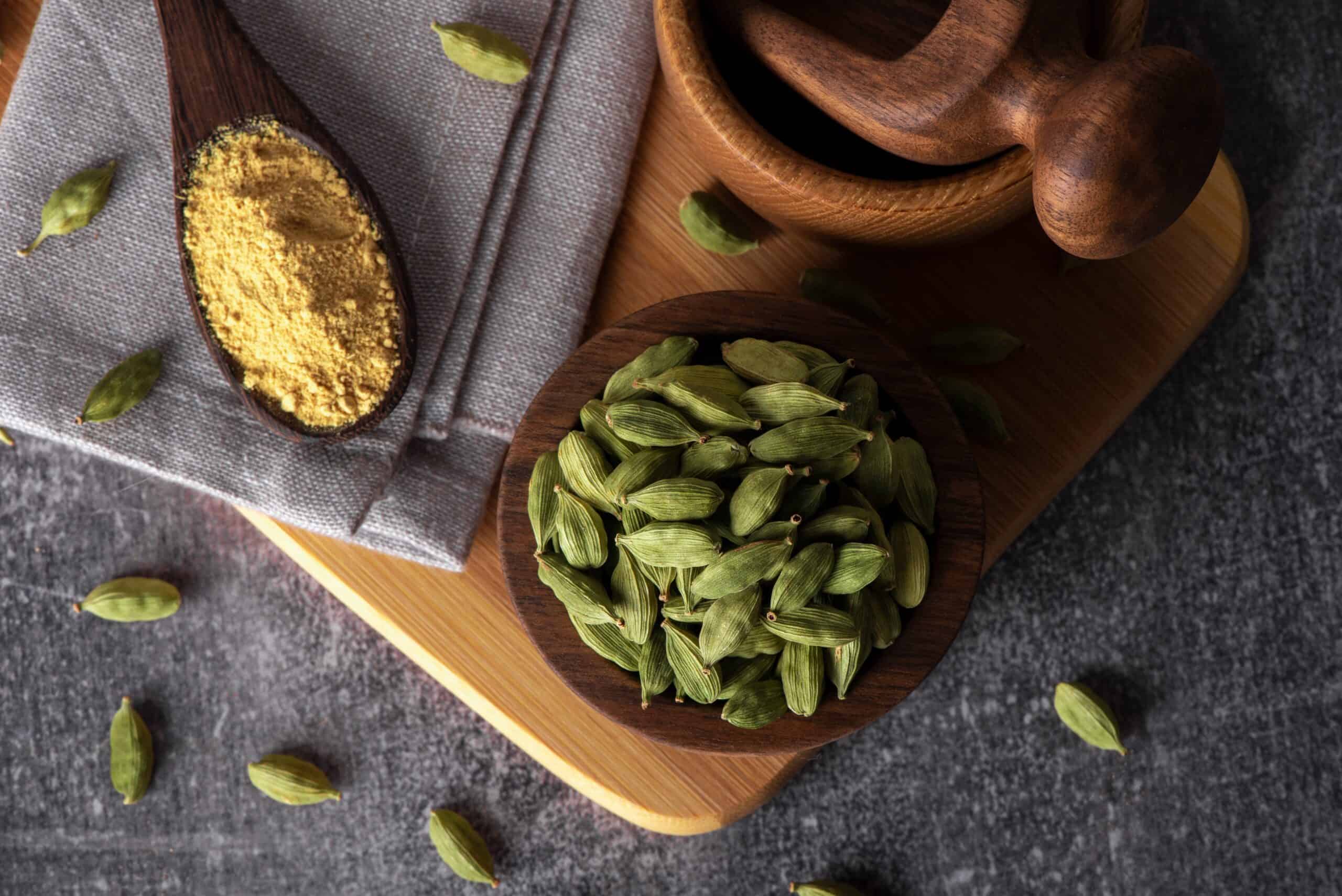
Price: $30 to $100 per pound. Originating from the lush forests of Guatemala, cardamom is a highly prized spice known for its sweet, floral flavor with hints of citrus. The tiny green pods encase seeds that are often ground to release their full essence. Cardamom’s labor-intensive cultivation and limited growing regions contribute to its premium price.
Clove – Indonesia
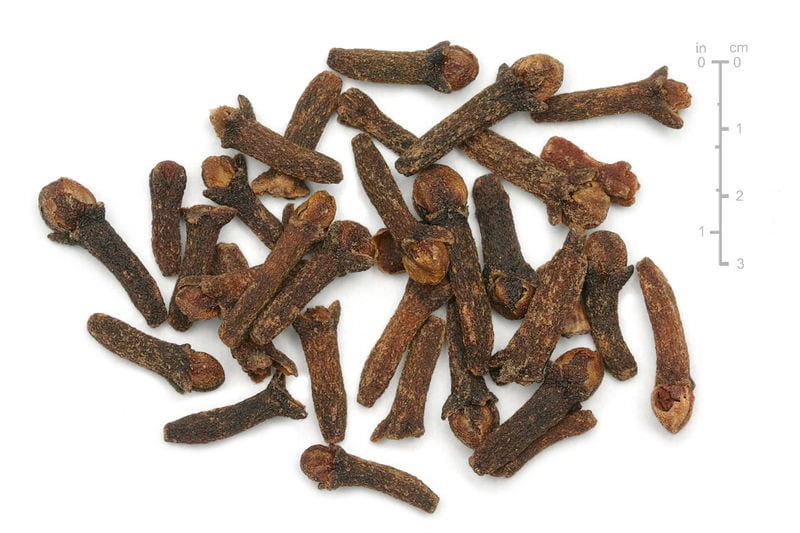
Price: $10 to $20 per pound. Native to the Maluku Islands in Indonesia, cloves are the dried flower buds of the clove tree. Known for their intense aroma and sweet-spicy flavor, cloves are used in both culinary and medicinal applications. The meticulous harvesting and drying processes, along with limited growing areas, drive their cost.
Cinnamon – Sri Lanka
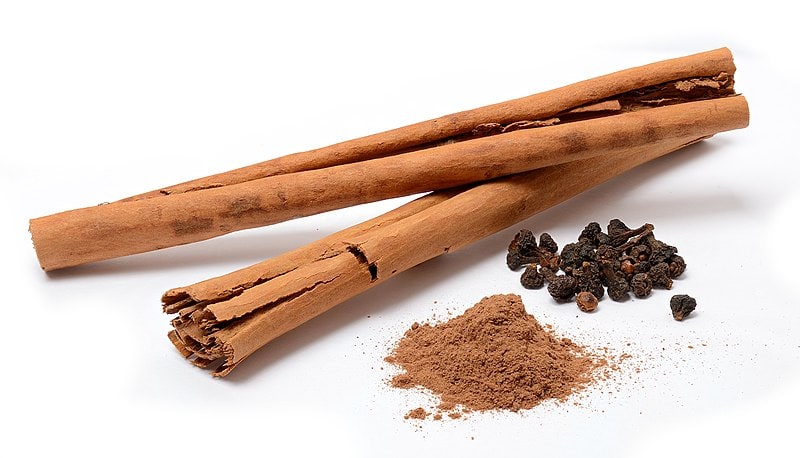
Price: $20 to $30 per pound. Sri Lanka, also known as Ceylon, is famous for producing the world’s finest cinnamon. This spice is derived from the inner bark of the Cinnamomum verum tree. The bark is hand-rolled and dried, creating delicate quills with a sweet, warm flavor. The traditional harvesting methods and high demand elevate its price.
Black Pepper – India
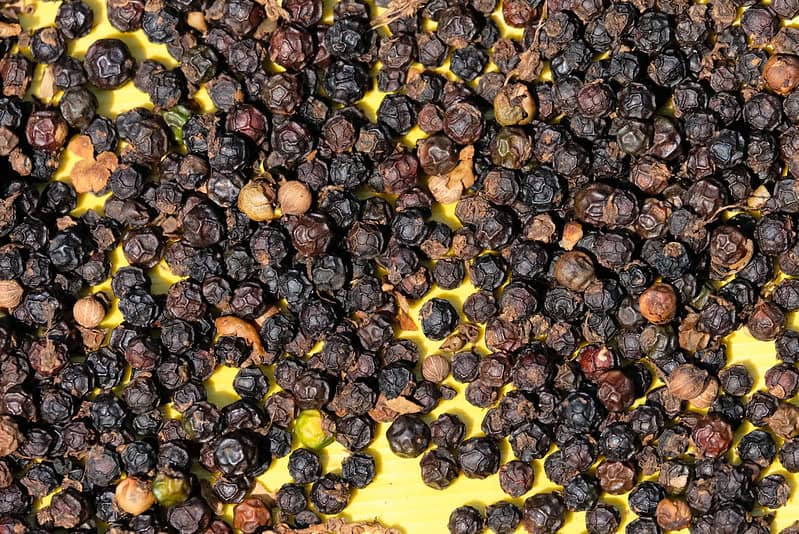
Price: $10 to $15 per pound. India, particularly the Malabar Coast, is known for producing some of the highest quality black pepper. Harvested from the Piper nigrum plant, black peppercorns are dried and ground to produce the familiar spice. The process of growing and harvesting black pepper is labor-intensive, which drives up the cost.
Long Pepper – Indonesia
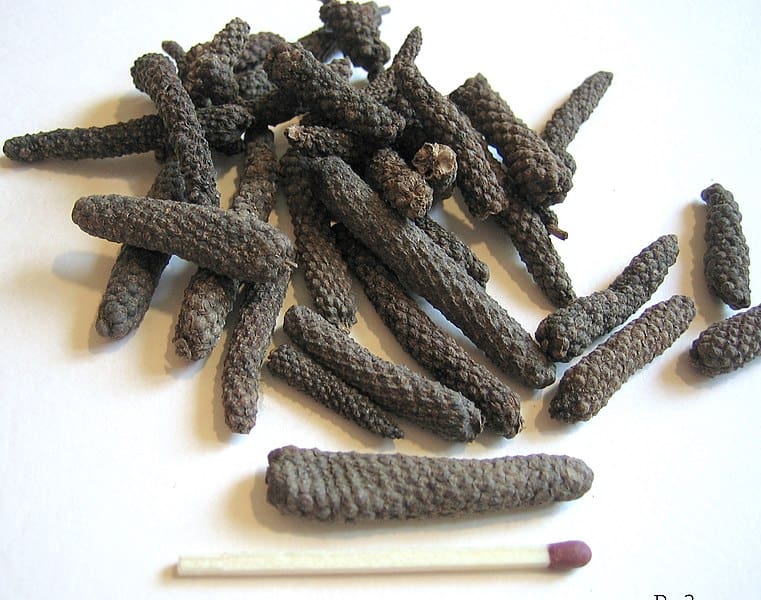
Price: $15 to $20 per pound. Long pepper, native to Indonesia, offers a spicier and more complex flavor compared to black pepper. The elongated fruits of the Piper longum plant are dried and used in various culinary applications. Its relative rarity and distinct taste make it a high-priced spice.
Pink Peppercorn – Brazil
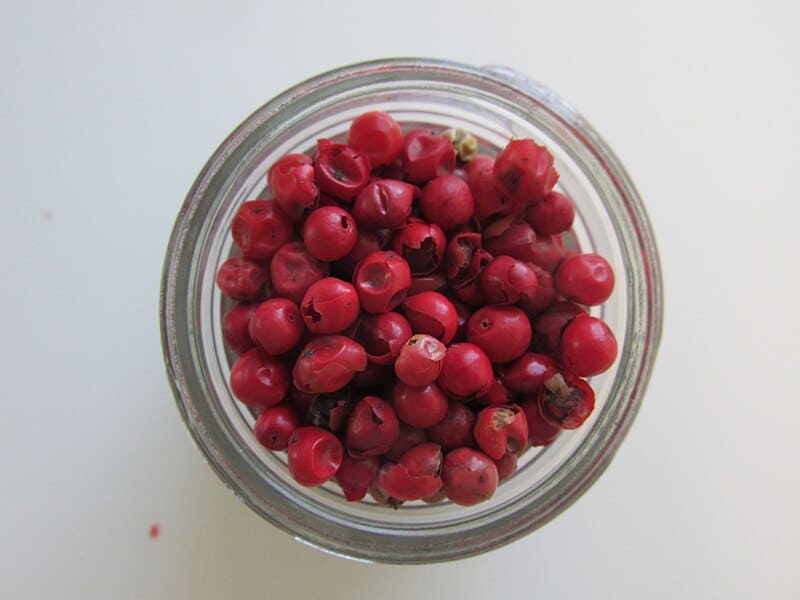
Price: $25 to $30 per pound. Harvested from the Peruvian pepper tree, pink peppercorns are not true peppercorns but share a similar pungency and peppery flavor. Grown primarily in Brazil, these delicate berries add a unique taste and vibrant color to dishes. Their exotic origin and limited availability increase their cost.
Grains of Paradise – West Africa
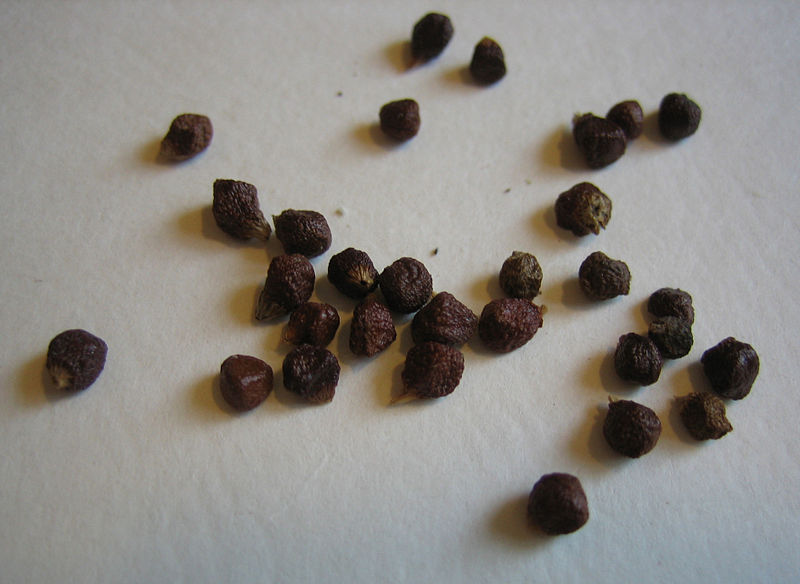
Price: $30 to $50 per pound. Native to the west coast of Africa, grains of paradise are seeds from the Aframomum melegueta plant. They are valued for their peppery, slightly citrusy flavor and are used in both culinary and medicinal contexts. The spice’s rarity and unique taste contribute to its premium price.
Nutmeg – Grenada
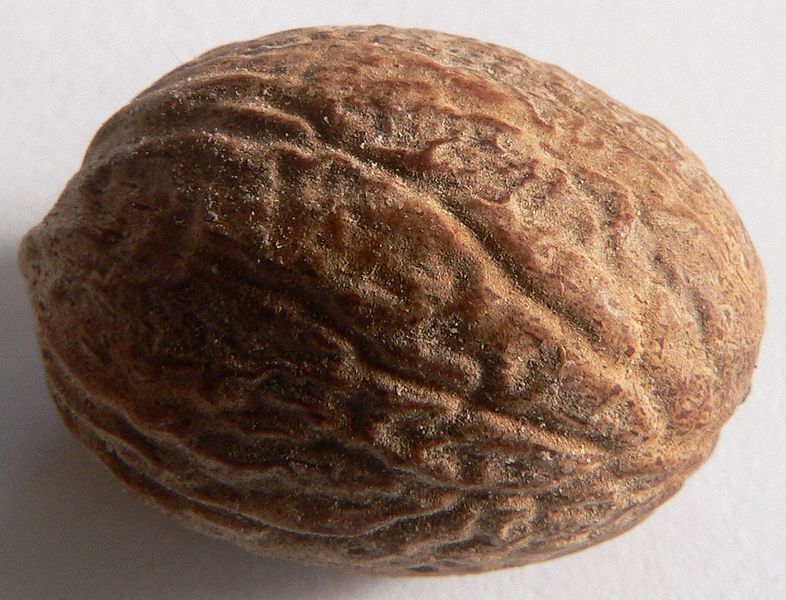
Price: $15 to $20 per pound. Grenada, often called the “Island of Spice,” is a major producer of nutmeg. The spice is derived from the seed of the Myristica fragrans tree and is known for its warm, sweet flavor. Harvesting nutmeg is labor-intensive, involving cracking open the fruit to extract and dry the seed.
Mace – Indonesia
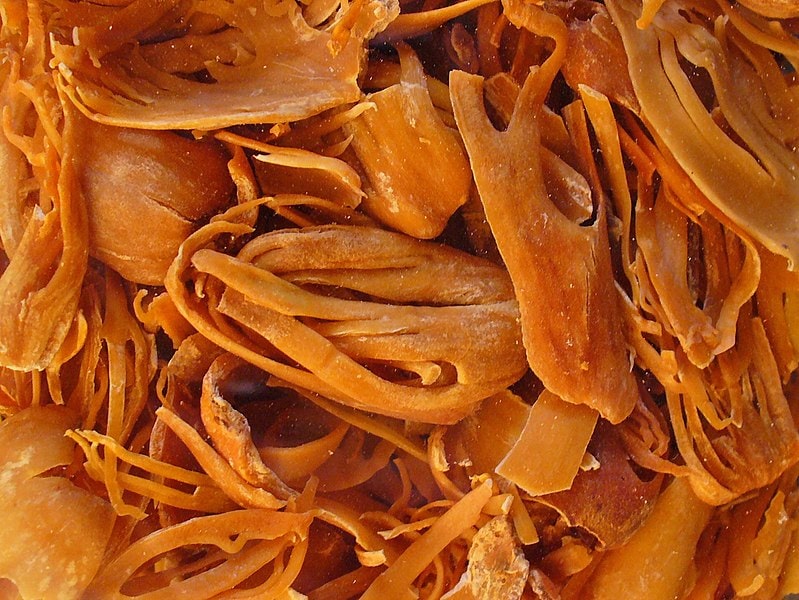
Price: $20 to $30 per pound. Mace is the outer covering of the nutmeg seed and is also primarily produced in Indonesia. It offers a similar flavor to nutmeg but is more delicate and slightly spicier. The intricate process of separating and drying mace adds to its high price.
Szechuan Pepper – China
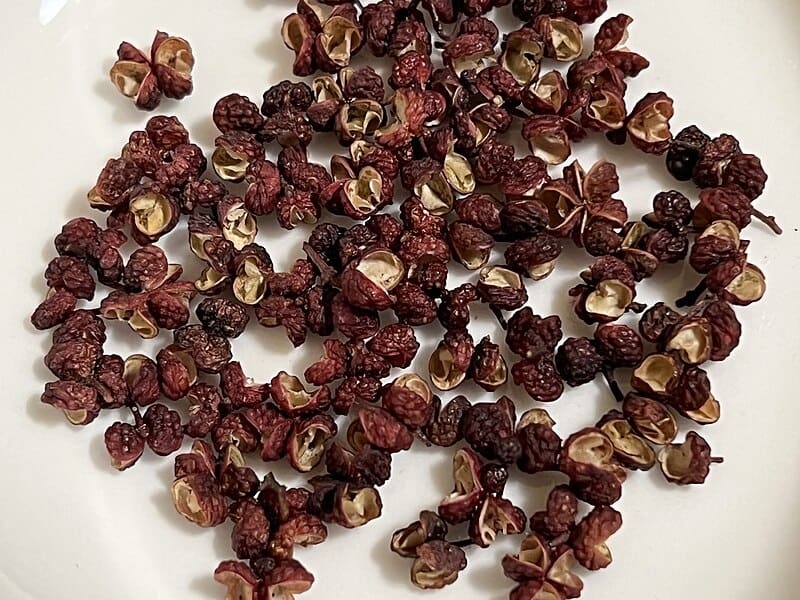
Price: $30 to $50 per pound. Szechuan pepper, a key ingredient in Chinese cuisine, comes from the dried husks of the prickly ash tree. Known for its unique numbing effect and citrusy flavor, this spice is highly valued. The laborious harvesting process and its unique culinary use make it a costly spice.
Star Anise – China
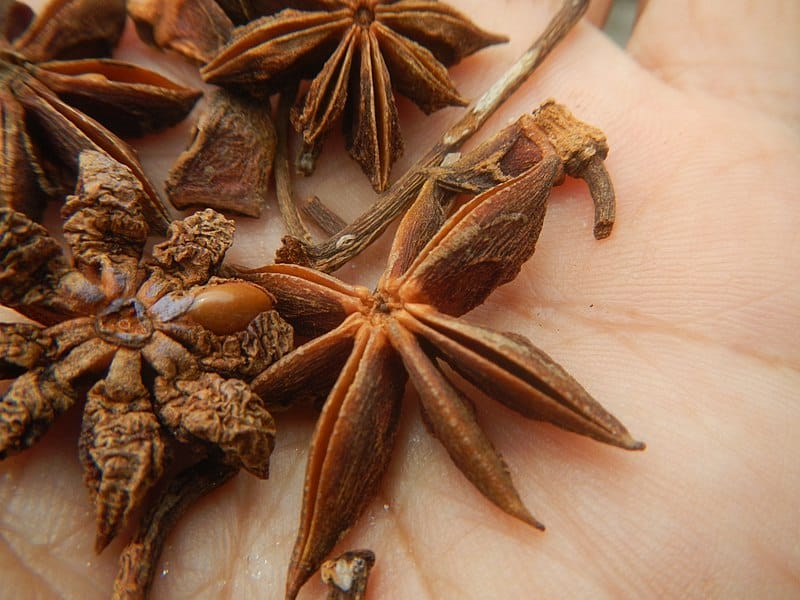
Price: $10 to $20 per pound. Star anise is a star-shaped fruit from the Illicium verum tree, predominantly grown in China. It has a strong licorice flavor and is a staple in Chinese cooking and medicine. The spice’s distinctive shape and flavor, coupled with the manual harvesting process, elevate its price.
Safflower – Mexico
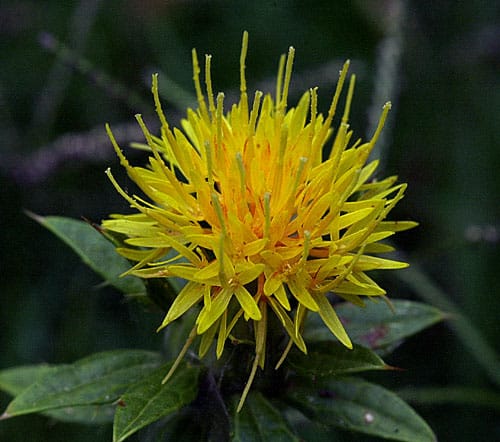
Price: $30 to $50 per pound. Often used as a saffron substitute, safflower is grown in Mexico and offers a similar color without the high cost. However, its labor-intensive cultivation and lower yield compared to saffron still make it relatively expensive.
Turmeric – India

Price: $6 to $10 per pound. India is the largest producer of turmeric, a vibrant yellow spice from the root of the Curcuma longa plant. Known for its earthy flavor and health benefits, turmeric is a staple in many cuisines. The extensive process of harvesting and drying the roots contributes to its cost.
Wasabi – Japan
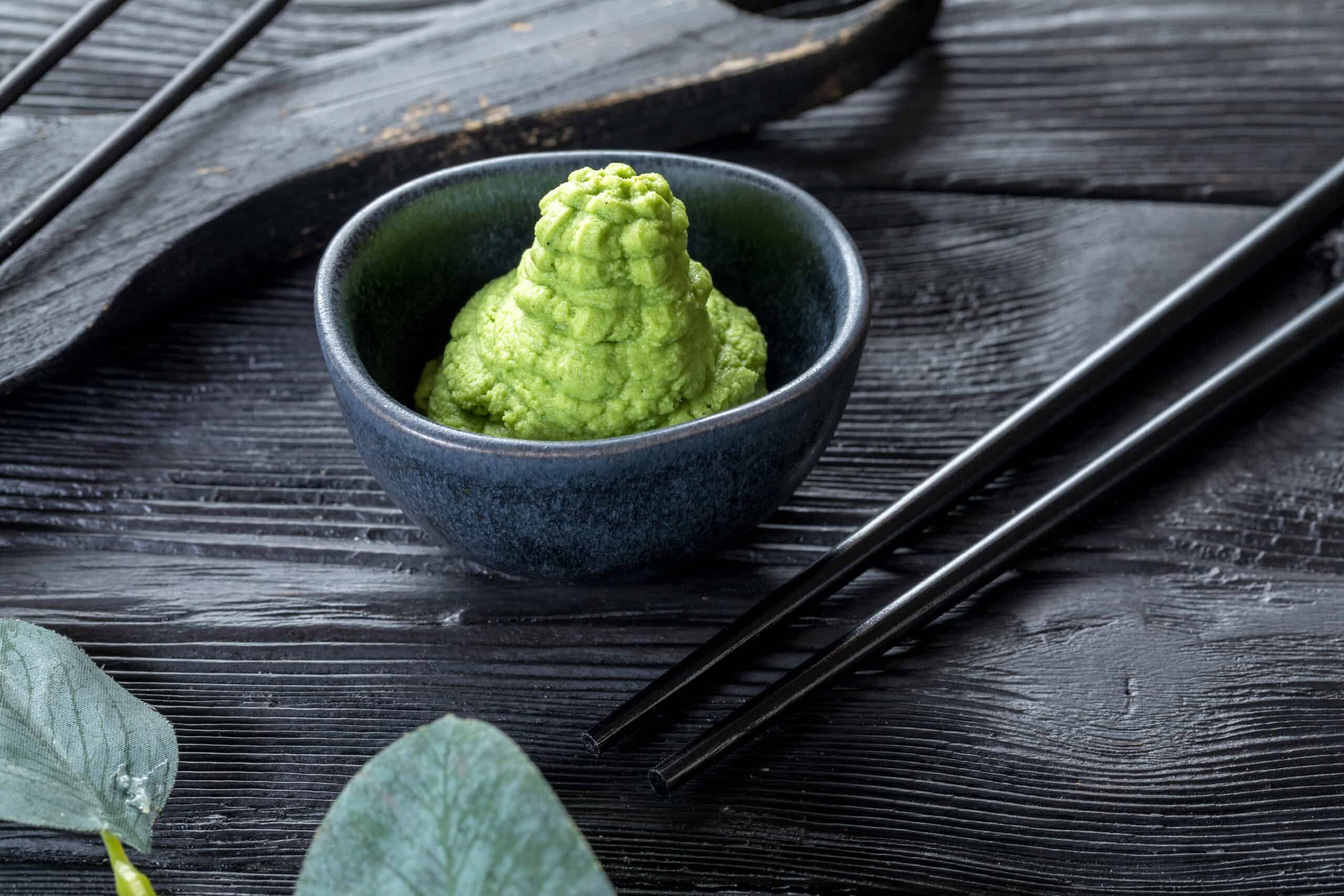
Price: $100 to $150 per pound. Real wasabi, derived from the Wasabia japonica plant, is predominantly grown in Japan. Known for its sharp, pungent flavor, wasabi is extremely difficult to cultivate, requiring specific conditions and extensive care. This rarity and the labor-intensive farming process make it very expensive.
Asafoetida – Afghanistan
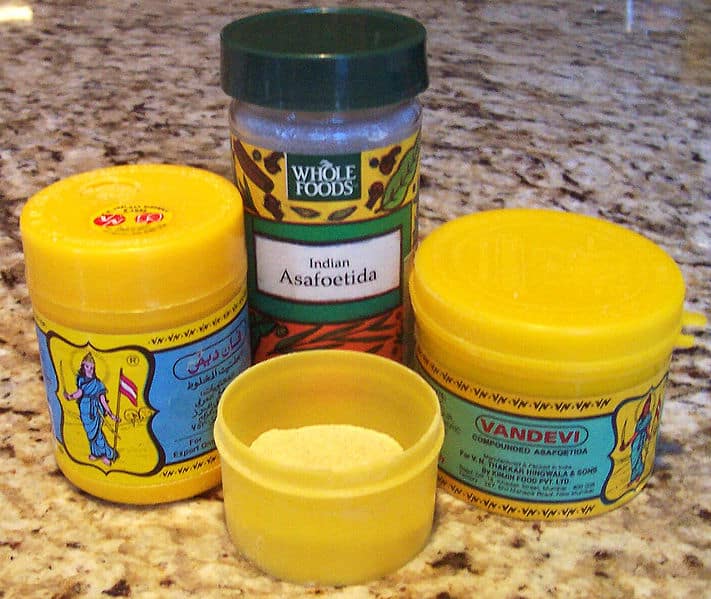
Price: $20 to $30 per pound. Asafoetida, known as “devil’s dung,” is a resin obtained from the roots of Ferula plants in Afghanistan. Despite its pungent smell, it imparts a smooth flavor reminiscent of leeks when cooked. The collection and processing of the resin contribute to its high cost..
Fenugreek – India
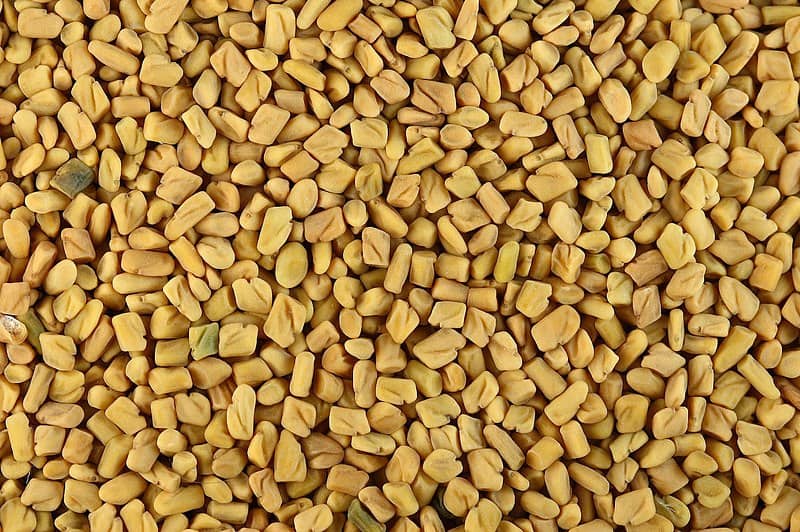
Price: $5 to $10 per pound. Fenugreek seeds, widely grown in India, are valued for their slightly bitter taste and health benefits. Used in both culinary and medicinal contexts, the seeds require careful harvesting and drying, adding to their price.
Cumin – Iran
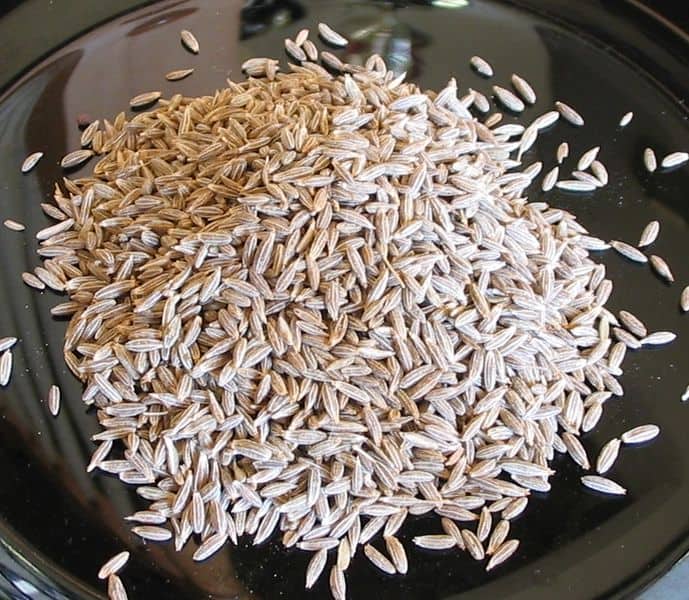
Price: $10 to $15 per pound. Cumin, derived from the Cuminum cyminum plant, is a staple in various cuisines. Iran produces high-quality cumin seeds known for their earthy and aromatic flavor. The laborious harvesting and processing make cumin relatively expensive.
Ajwain – India
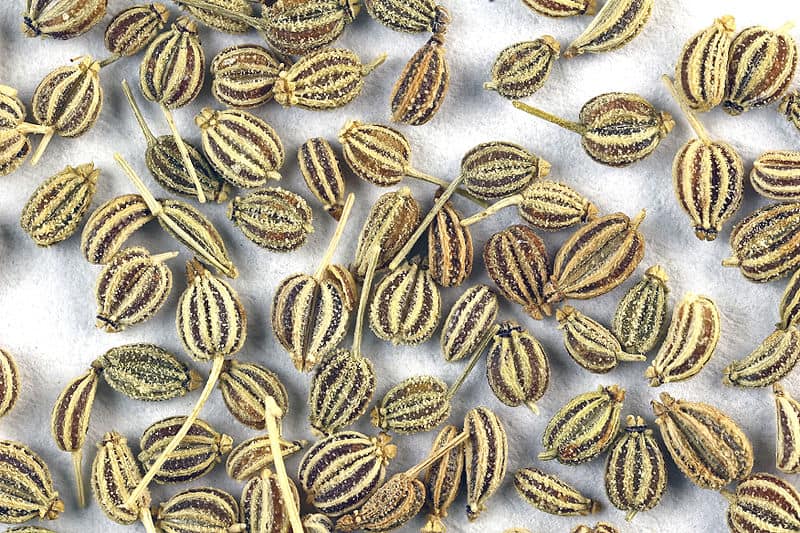
Price: $10 to $15 per pound. Ajwain seeds, produced in India, are known for their strong thyme-like flavor. These tiny seeds are used in Indian cooking and traditional medicine. The careful cultivation and harvesting process contribute to their cost.
This article originally appeared on Rarest.org.
More From Rarest.Org
Primates are among the most fascinating and diverse groups of animals, but many of their species are facing critical threats to their survival. From habitat destruction to illegal hunting, these challenges have pushed some primates to the brink of extinction. Read more.
Deserts, often perceived as barren wastelands, are home to a surprising array of rare and fascinating animals uniquely adapted to survive in extreme conditions. Read more.
Throughout history, numerous manuscripts have survived the test of time, each offering a unique glimpse into the past. These rare documents are more than just ancient texts; they are treasures that illuminate the knowledge, beliefs, and artistry of their eras. Read more.

